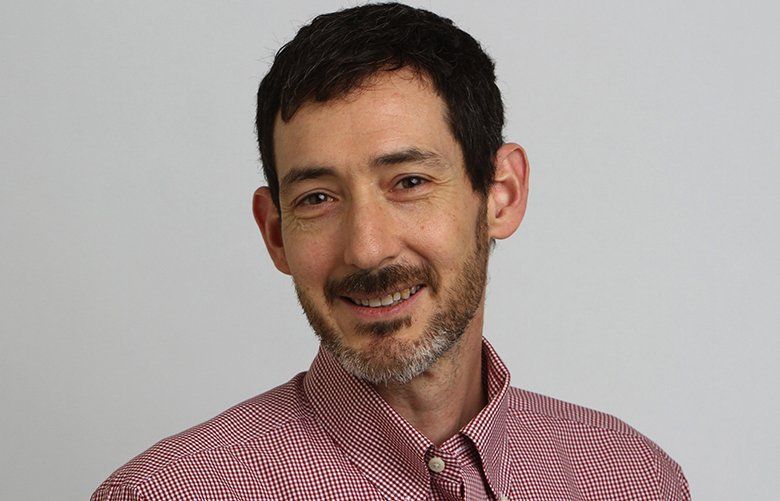For many years, Seattle has been well known for its high rate of volunteerism.
Sadly, a lot fewer of us are doing it these days.
Understandably, rates of volunteerism fell as we went into lockdown during the pandemic, as many volunteer-run operations were brought to a halt. But new data shows that even as things have started returning to normal, volunteerism has continued to decline in the Seattle area.
Each year, for at least three years before the pandemic began, more than 30% of Seattle-area adults — nearly 1 million people — had volunteered in the past 12 months, according to annual survey data from market-research firm Nielsen.
As you’d expect, that number dropped when the pandemic hit. In the 2020 to 2021 period, only about 26% of adults said they’d volunteered.
The latest Nielsen data, which is based on surveys taken from July 2021 to July 2022, shows the numbers did not bounce back as many pandemic-era restrictions lifted. Instead, the numbers continued to fall: Just 22% of Seattle-area adults, or around 700,000 people, said they had volunteered in the past 12 months.
More than 3,500 people age 18 and older were surveyed in the Seattle metro area, which includes King, Pierce and Snohomish counties.
United Way of King County, an organization that distributes funds to local nonprofits, has seen a drop in volunteerism, according to volunteer engagement manager Alexia Klatt. The data “very much tracks with what we’ve seen at United Way, both within the volunteer programs that we run directly, as well as what we’ve seen out in the community,” she said.
Klatt said that when the pandemic hit and in-person contacts had to be limited, the number of volunteer roles were greatly reduced, and volunteers aimed to meet only the most critical needs in the community: “We really needed to focus on things like getting meals out to our community, on wellness calls to seniors,” she said.
But as things began to open back up, the number of volunteer opportunities increased, she said.
“We’re seeing volunteer roles start to come back, but we’re not seeing people come back — at least not yet,” Klatt said. “Is it that people aren’t ready to come back in person, or has something else changed? These are still very much open questions.”
Klatt said the volunteer shortage is having an impact around the county. United Way’s free tax preparation program, for example, has grappled with a shortage of volunteers. The program helps people in the community, in multiple languages, file their tax returns and relies on volunteer IRS-certified tax specialists.
“It has been an uphill battle,” she said. “Ideally, it’s about 1,000 volunteers at various community sites throughout the tax season. When we struggle with recruitment [of volunteers], we’re not able to open those sites as fully as we would have in the past.”
To be sure, volunteerism fell during the pandemic across the country, not just in Seattle. But the latest Nielsen data shows that in some places, the rates have begun to recover.
One notable example is Salt Lake City, which consistently ranks as the metro area with the highest rates of volunteerism in the nation. Before the pandemic, a little more than 40% of adults had volunteered in the past 12 months in the Salt Lake City area. That figure fell to 30% during in the 2020 to 2021 period, but in the latest Nielsen release, it had bounced back to 38%.
I dug deeper into the Nielsen data for the Seattle area and found the decline in volunteerism was not more pronounced among certain demographic segments. The rates fell sharply across the board — by age, gender, level of education and so on.
For example, while women volunteered in greater numbers than men, the rates declined dramatically for both genders. In the 2018 to 2019 period, 37% of women said they had volunteered in the past 12 months. In the new data, only 25% had. For men, the number dropped from 25% to 19%.
Similarly, there was a large difference in volunteerism rates between those who have earned a four-year college degree and those who have not. But for both groups, the rate of volunteerism fell. Among college graduates, 38% had volunteered in 2019, while only 30% had in the new data. For people without a college degree, the number dropped even more sharply, from 27% to 16%.

The opinions expressed in reader comments are those of the author only and do not reflect the opinions of The Seattle Times.